workplace
Alexandra Orlovskaya
Painting Conservator
Oil Paintings, Icons
The State Tretyakov Gallery. History of Collection
Department of Scientific conservation of Easel Oil Painting
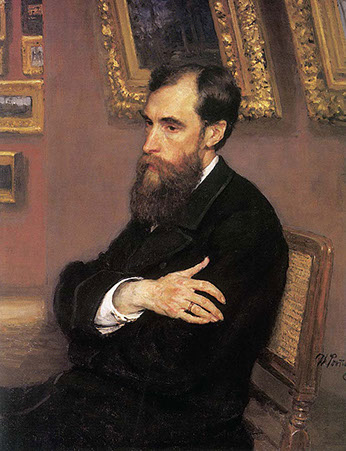
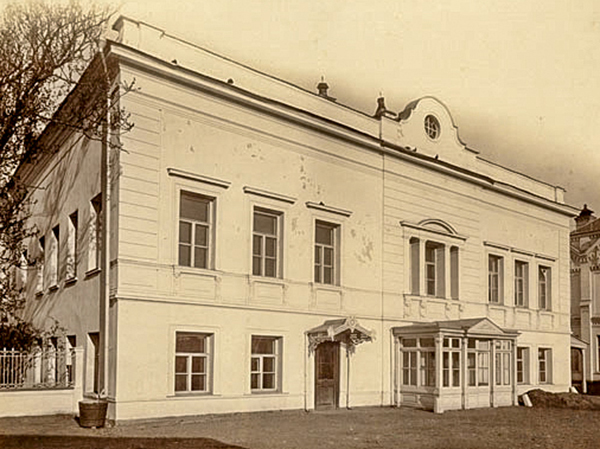

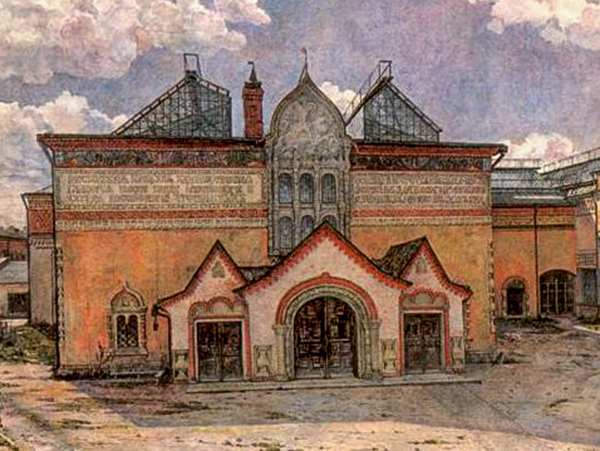
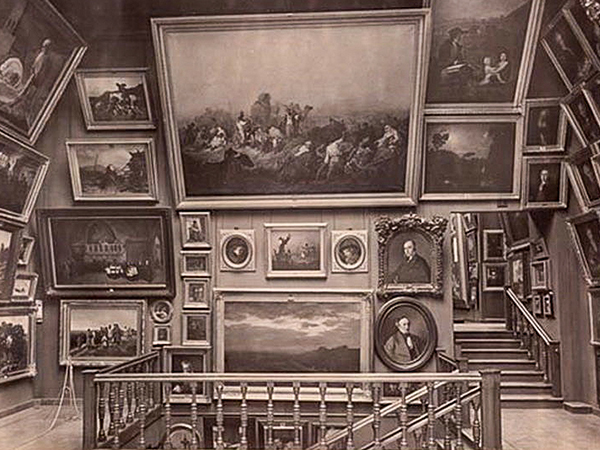
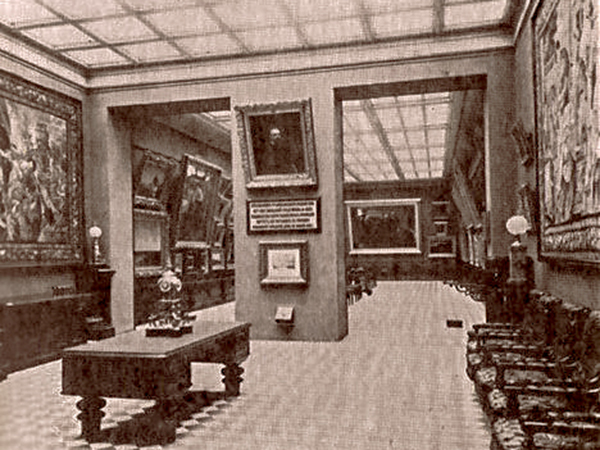
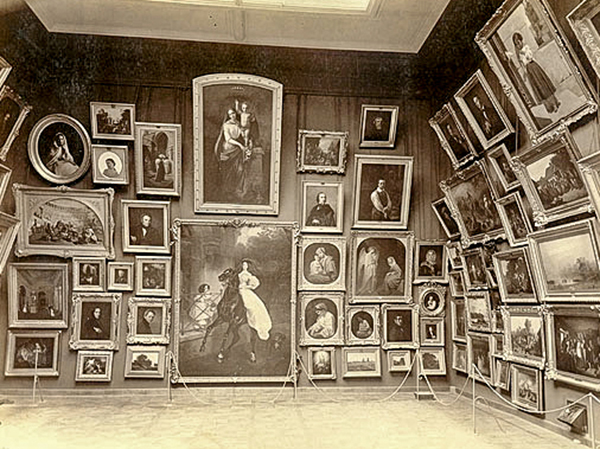
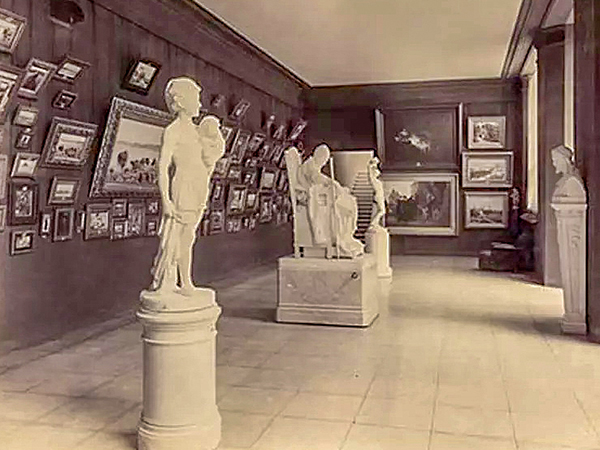

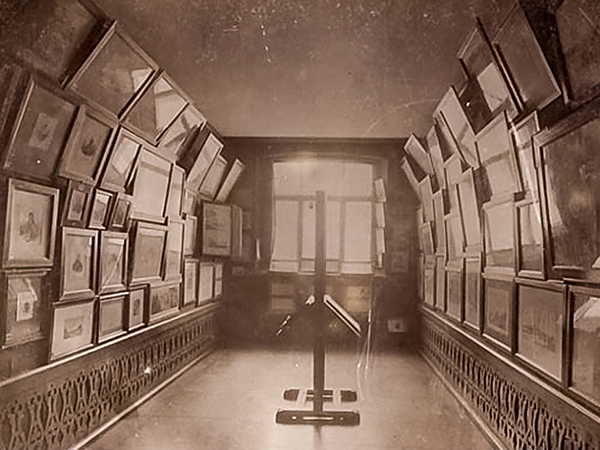
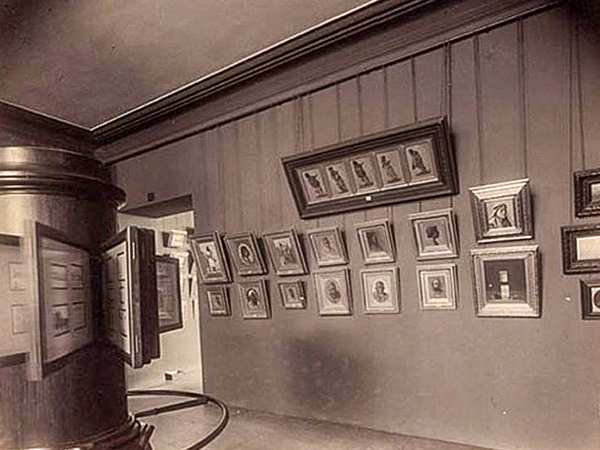
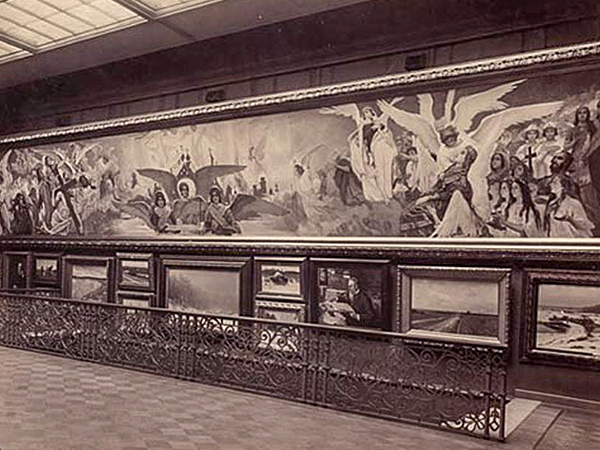
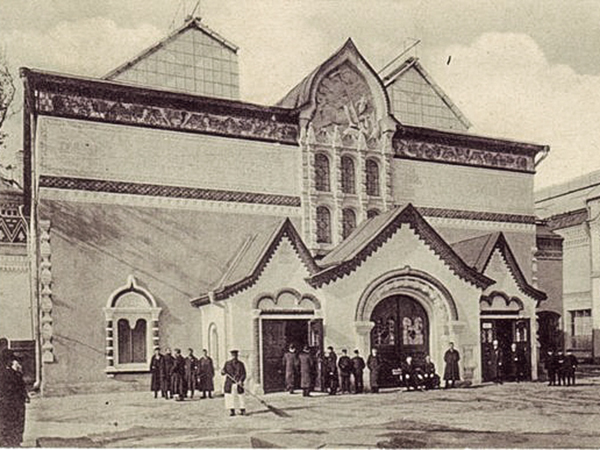
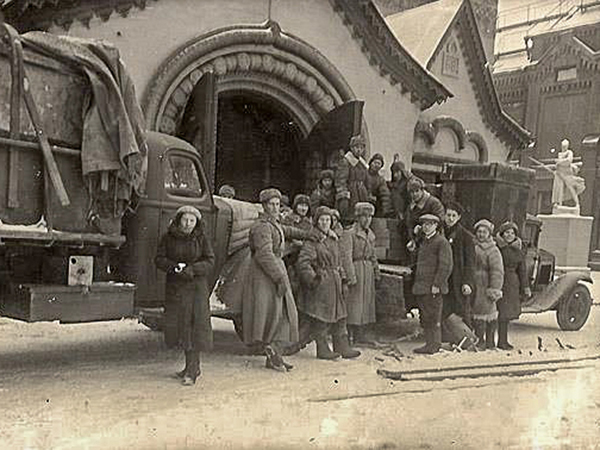

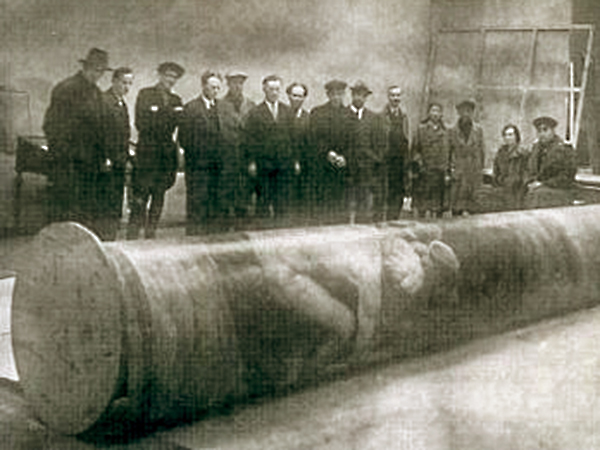
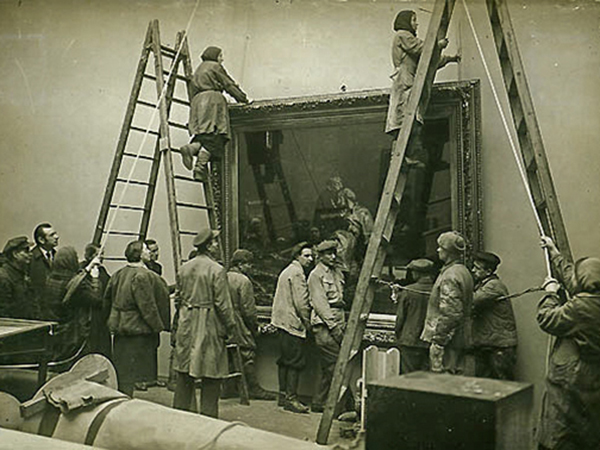
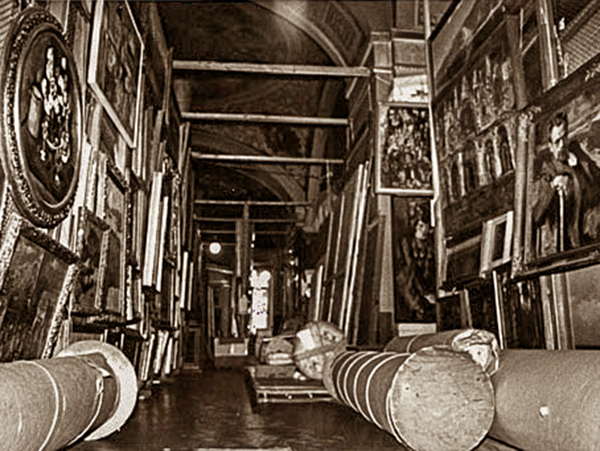
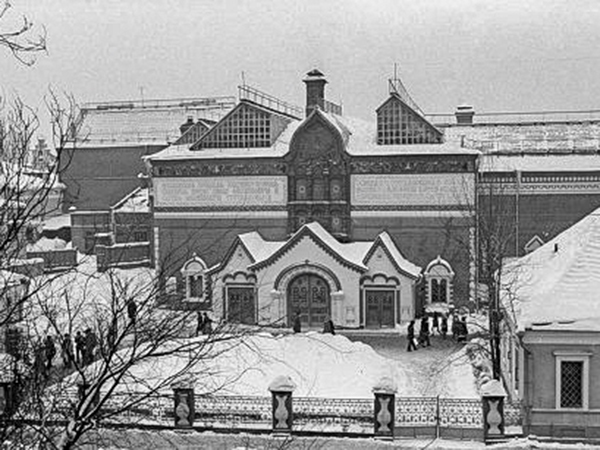

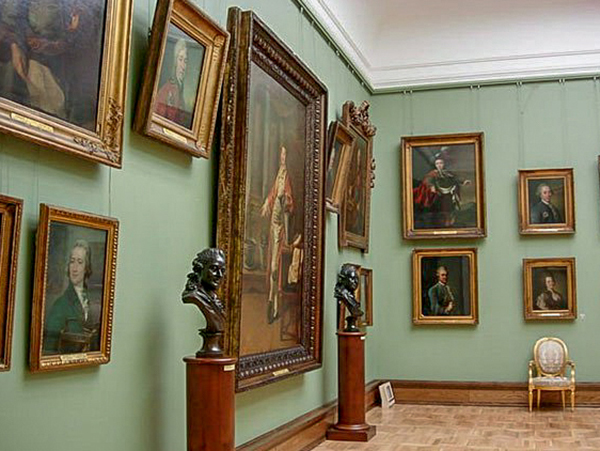
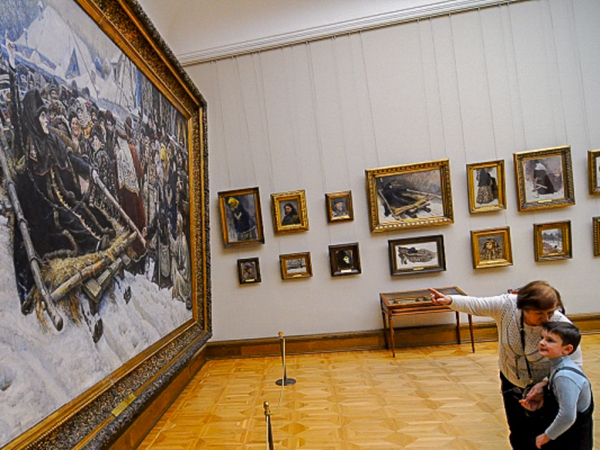
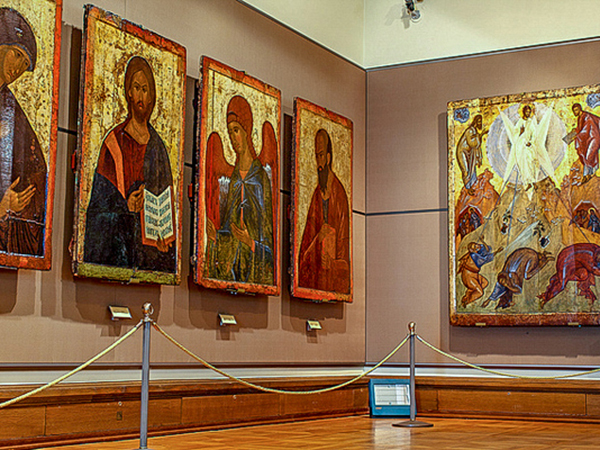
The State Tretyakov Gallery is an art gallery in Moscow, Russia, the foremost depository of Russian fine art in the world.
The gallery's history starts in 1856 when the Moscow merchant Pavel Mikhailovich Tretyakov acquired works by Russian artists of his day with the aim of creating a collection, which might later grow into a museum of national art. "Moscow City Gallery of Pavel and Sergei Tretyakov" was opened.
In August 1892 Pavel presented his art Gallery to the city of Moscow as a gift. In the Gallery’s collection at this time, there were 1,287 paintings and 518 graphic works of the Russian school, 75 paintings and 8 drawings of European schools, 15 sculptures and a collection of icons. The official opening of the museum called the "Moscow City Gallery of Pavel and Sergei Tretyakov." Took place on August 15, 1893.
On June 3, 1918, The Tretyakov Gallery was declared owned by Russian Federated Soviet Republic and was named the State Tretyakov Gallery.
From the first days of the Great War, the Gallery personnel began dismantling the exhibition - as well as those of other museums in Moscow, in preparation for evacuating during time of war. Paintings were rolled on wooden shafts, covered with tissue paper, placed in boxes, and sheathed with waterproof material. In the middle of the summer of 1941 the train of 17 wagons traveled from Moscow and brought the collection to Novosibirsk. On 17 May 1945, a week after Victory Day, the new exposition at the Gallery was opened – on display were more than 2500 works of art.
The visitors to the Gallery are seldom aware that the exposition is just the tip of the iceberg. Only a small part of the collection can be displayed in the Gallery halls at any one time. It was for this reason that the Tretyakov Gallery launched travelling exhibitions to showcase its collection in other cities across the country.
By the mid 1980s the museum halls barely had the capacity to hold the ever increasing number of individual visitors, tours and school groups. In April 1995 after reconstruction a new exhibition of classical Russian art was opened to visitors in the main building.
Department of Scientific Restoration of Easel Oil Painting XVIII - beginning of XX century, became an independent division in 1985. In 1991, restorers A.P.Kovalev, L.R.Astafev, G.S.Yushkevich unique work was carried out to restore the theater panel of Marc Chagall Jewish Chamber Theater. The singularity and complexity of the restoration was the fact that all the panels are made in the technique of glue painting, restoration process which is much more difficult and more time-consuming than in oil painting. Methods of using the polymer dublirovki c BEVA-371, the proposed new structure of the subframe, the method of fixation of the canvas on it and the results of the actual restoration were highly praised, both in our country and abroad. In 1992 at an exhibition in Italy, work has been recognized as the "restoration of the year".
New experience gained proved invaluable during the restoration works of the largest museum panels Michael Vrubel "Prntsess of dreams". On trienalle "Restoration-96" team was awarded a diploma for the creative contribution to the preservation of cultural heritage of Russia. In 2000, the restoration of the paintings was held Karl Bryullov "Siege of Pskov" measuring almost 5 meters 7. Author's canvas, knurled shaft, he had a tough strain as a result of leakage, eliminate duplication without which it was very difficult. The task was complicated by numerous lags paint layer, various cracelures. It was necessary to eliminate the larvae and the old rough and strong surface contamination. Restoration has been successfully completed, involving merged with a group of young restorers - A.Orlovskaya, T.Seregina, I.Monastyrsky, with the participation of already experienced colleagues - and E.Volkova A.Golubeyko.
V 2006 painting underwent restoration Alexey Venetsianov "Peter The Great. Founding of St. Petersburg". In addition to these fundamental works in oil painting restoration workshop Tretyakov Gallery held constant preventive maintenance to keep the collection and preparation of domestic and foreign exhibitions. Respect for the works, the founder of the pledged gallery is stored in the continuity of the traditions of the department. This, in turn, - the basis of the development of new scientific methods of restoration.